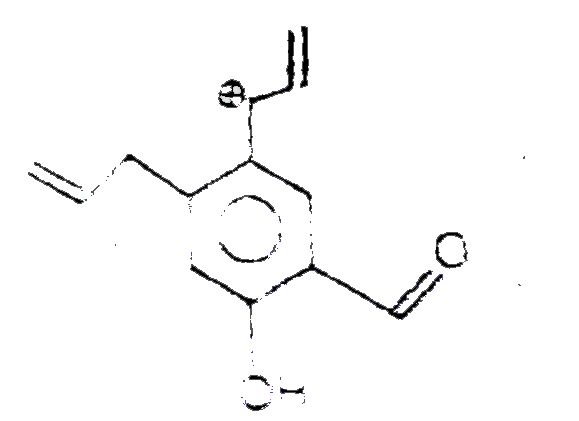How do histones acquire positive charge ?
Step-by-Step Solution:
1. Understanding Histones: Histones are proteins that play a crucial role in the packaging of DNA within chromosomes. They help in organizing DNA into a compact structure, allowing it to fit within the nucleus of a cell.
2. Formation of Nucleosomes: DNA wraps around histone proteins to form a structure called a nucleosome. Each nucleosome consists of a core of eight histone proteins around which the DNA is coiled. This coiling is essential for the efficient storage of genetic material.
3. Types of Histones: There are several types of histone proteins, including H1, H2A, H2B, H3, and H4. These proteins are integral to the structure of nucleosomes.
4. Amino Acid Composition: Histones are rich in basic amino acids, particularly arginine and lysine. These amino acids have side chains that can accept protons (H+ ions), which contributes to their positive charge.
5. Acquisition of Positive Charge: The presence of basic amino acids (arginine and lysine) in histones allows them to acquire a positive charge. This is due to the basic nature of these amino acids, which can gain protons and thus become positively charged.
6. Interaction with DNA: DNA is negatively charged due to its phosphate backbone. The positive charge on histones allows them to bind tightly to DNA, neutralizing the negative charge and facilitating the formation of nucleosomes.
7. Conclusion: In summary, histones acquire a positive charge primarily due to the presence of basic amino acids like arginine and lysine. This positive charge enables them to interact with the negatively charged DNA, allowing for the effective packaging of genetic material.
Topper's Solved these Questions
Similar Questions
Knowledge Check
This development can be acquired through physical education when someone acquires positive traits such as confidence, discipline, courage and perseverance.
AEmotional DevelopmentBMental DevelopmentCPhysical DevelopmentDSocial Development
Histones are
View SolutionHistones are
View SolutionIf a glass rod is rubbed with silk, it acquires a positive charge because :
View SolutionHistones are present in
View SolutionName the two basic amino acids that provide positive charges to histone proteins.
View SolutionIn how many species positive charge is not delocalized

View Solution
In the given structure at how many atoms the positive charge will be delocalised through resonance (Exclude the carbon at which positive charge is present in the given structure)
View Solution
